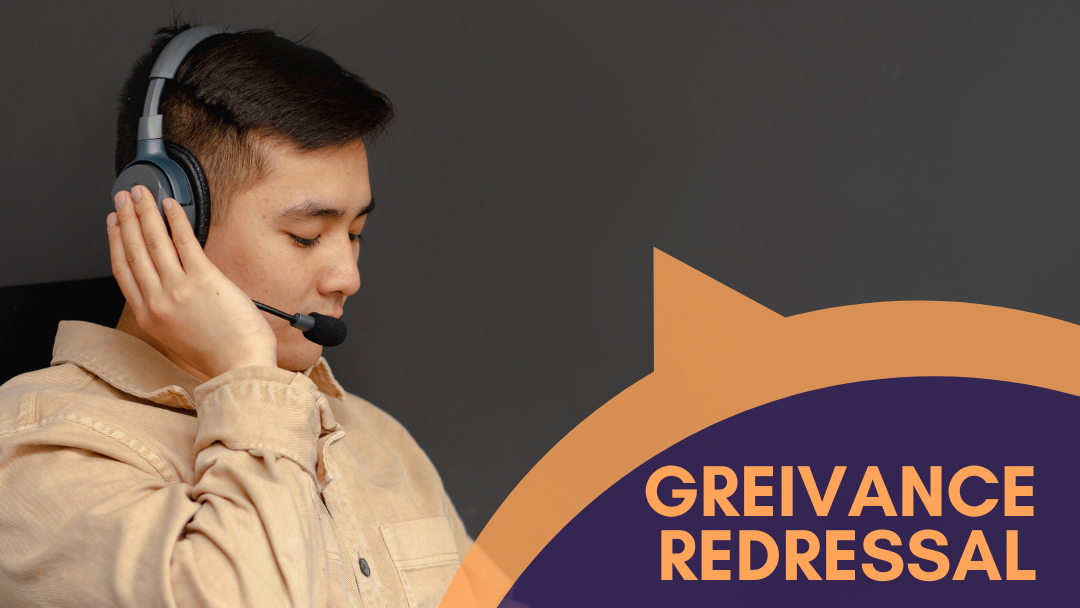Grievance Redressal Calls: An Engineer’s Perspective

In the dynamic realm of software products, customer grievance redressal plays a vital role in preserving the client’s trust and fortifying the product’s reputation. As an engineer, managing these redressal calls can seem daunting. However, understanding the art of tackling such situations can make all the difference. This article provides comprehensive insights into mastering customer grievance calls and how to transform them into opportunities for improvement.
Understanding the Role of an Engineer in Customer Grievance Redressal
Engineers typically serve as the backbone of the product ecosystem. They provide the technical expertise that fuels product operations, from development to implementation and beyond. Hence, when a customer encounters a technical problem or raises a grievance, the engineer’s insights are critical in diagnosing and resolving the issue.
Moreover, engineers also act as bridges between the customers and the company, painting an accurate picture of the product’s strengths and opportunities for improvement. By empathetically attending to customers’ concerns, they can turn a challenging situation into an opportunity to bolster the brand’s credibility.
Empathy: The Key Ingredient in Handling Customer Grievances
When addressing customer grievances, it is essential to express genuine empathy. The ability to understand and share the feelings of the customer creates a personal connection and encourages the customer to explain their issues clearly. This understanding leads to faster problem resolution and helps assure the customer that their concerns are being prioritized.
In addition to this, empathy also helps diffuse tension. An upset customer might be less inclined to escalate the issue if they feel understood and reassured that their grievance will be addressed promptly.
Effective Communication: Bridging the Gap Between Technical Jargon and Customer Understanding
One of the most significant challenges an engineer faces during a grievance redressal call is explaining the technical aspects of the issue. Customers might not possess the technical know-how, leading to confusion and frustration. Thus, the art of simplifying complex terminologies into layman’s language is an essential skill in handling such calls.
Engineers must strive to avoid jargon, instead opting to explain issues and solutions in a way that the customer can easily comprehend. By doing so, they can keep customers informed about the problem and its resolution, fostering a sense of transparency and trust.
Action-Oriented Approach: From Identifying Problems to Implementing Solutions
As soon as a problem has been identified, it’s time to spring into action. This phase involves not only rectifying the issue but also ensuring that the customer is satisfied with the solution. The engineer should aim to keep the customer updated throughout this process, reassuring them that their concerns are being addressed effectively.
Also, it is essential to gather feedback post-resolution. This feedback can be an invaluable resource in identifying areas of improvement and ensuring a smoother customer experience in the future.
The Opportunity in Disguise: Customer Grievances as Catalysts for Improvement
Customer grievances provide a unique opportunity for a company to improve its products and services. They serve as a direct feedback channel from the end-users of the product, highlighting its strengths and weaknesses. Therefore, instead of viewing grievances as a setback, engineers should consider them as opportunities for growth.
By understanding the issues customers face, engineers can contribute to product enhancements, enriching the user experience and ensuring customer retention.
Conclusion
In conclusion, attending a customer grievance redressal call as an engineer for a SAAS product is not merely about resolving issues but also about understanding the customer’s perspective, communicating effectively, and seizing the opportunity to improve. By doing so, engineers can turn a potentially negative situation into a constructive one, enhancing both the product and the company’s reputation in the long run.